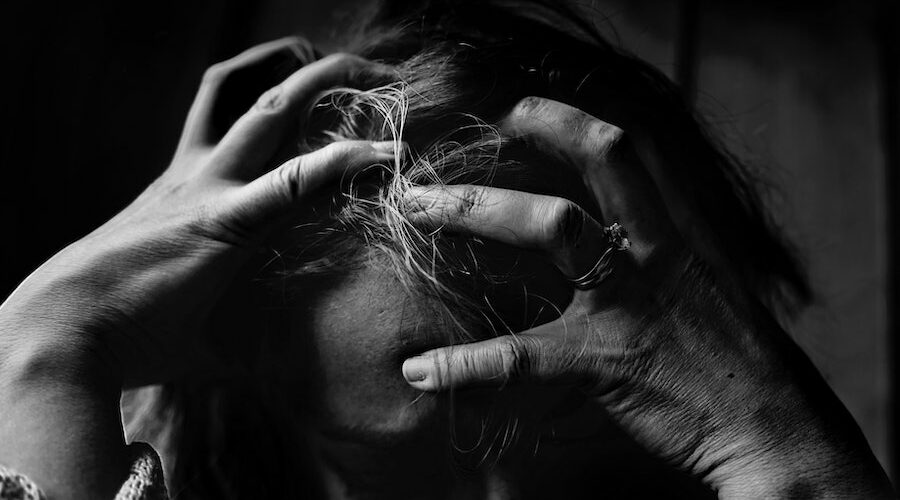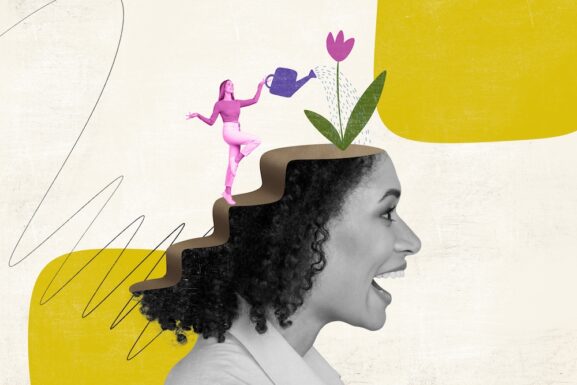This is Why Psychedelics For Depression Will Continue To Gain Popularity
The general public continues to gain interest in psychedelics. So, naturally, depression and anxiety have been the two major mental health issues most connected with them. Ketamine for depression is gaining popularity, and so too is microdosing psychedelics for anxiety. What else do we know so far? Could these substances actually be a great tool to further help treat these chronic mental disorders? Let’s find out.
RELATED: Microdosing MDMA: What Research Says About Doing It For Mental Health Issues
Psychedelics As Substances
In their core, psychedelics are a class of psychoactive substances that can produce changes in perception, mood, and cognitive processes. Their effects can be mild and almost non-knowledgeable all the way through hallucinogenic and affecting all senses.
Mostly found in nature, psychedelics have been a part of many ancient cultures for centuries. These were often used as sacramental tools to help with communication and to act as a cleanse from “bad spirits”. It’s believed these substances also opened their minds to reach a higher level of consciousness.
Historically, psychedelics have brought great influences to the mind. Given that, modern scientists wonder how to apply these alternative medicines into today’s mental health arena — such as their potential to help treat depression and anxiety. In fact, it’s easier today to find some of the best ketamine therapy clinics near you as a treatment option.
Depression As A Condition
Depression is classified as a serious mood disorder that can impact thoughts, feelings, and all daily actions. If symptoms persist for about two weeks, a positive diagnosis is typically made. Although it can range from mild to severe, depression can have a plethora of causes, with some being quite specific (postpartum, psychotic, seasonal), to others completely unknown.
Current research suggests that depression is a combination of genetic, biological, environmental, and psychological factors. It can occur at any age, but most commonly occurs in adulthood.
Some of the symptoms include persistent feelings of sadness and “emptiness,” decreased energy and fatigue, and feelings of hopelessness. Additionally, loss of interest in hobbies, loss of appetite, lack of purpose, and thoughts of death or suicide may persist.
While some people experience almost all of the symptoms, others can only identify with a few. Even in that case, however, it’s important to detect depression in its early stage so help can be provided.
Current depression treatment includes specific medications, psychotherapy, or a combination of the two.
RELATED: What Are Psychedelics? We Explain The Differences From Other Drugs
Psychedelics For Depression: A History
The connection between psychedelics and mental health conditions began in the 1950s. Humphry Osmond, a famous psychiatrist, tested the effect of LSD on the novelist Aldous Huxley.
Osmond’s interest in LSD was so great that he dived deep into research, often testing his theories on patients dealing with alcoholism and other mental health disorders.
Around the same time, another psychiatrist, Ronald Sandison, was carrying out similar experiments in the U.K., introducing the use of psychotherapy that utilized art and music. A report from 1954 showed some promising results of using LSD in treatment which, naturally, drew great interest from the international mass media and led to the opening of the first purpose-built LSD therapy clinic in the world.
Here is where two different LSD approaches formed two different LSD therapies. One is psychedelic therapy (Osmond), based on larger doses. The other is psycholytic therapy (Sandison), based on smaller doses.
However, it took until the 1990s for renewed interest in the neurobiological effect and therapeutic potential of psychedelics to gain mainstream momentum after decades of tight regulations and little patience for clinical research. A myriad of clinical trials and studies soon followed, identifying ways that these alternative drugs work at a molecular level. In regards to depression and other mood disorders, the most researched psychedelics include psilocybin, ketamine and MDMA. Also remember to always talk to a professional, as self-medicating psychedelics does carry risks.
Psychedelics For Depression Today
The year 2020 brought chronic stress due to a global pandemic. This impacted the rate of depression in the U.S. alone, with people testing positive four times higher than in the second quarter of 2019. This all highlights ways society has been treating depression and identifying overall inefficiency, even with widespread antidepressants available.
This is the main argument psychedelic proponents have been stating for years. Existing research points to how much these alternative drugs can improve current treatments, even in situations where other options seem bleak.
Researchers continue to study the impacts of popular psychedelics, like those listed below:
- Psilocybin. A psychedelic substance found in mushrooms, psilocybin is often an options for some terminal stage cancers. Additionally, those with mental health conditions like anxiety and PTSD may find it useful.
- MDMA. Also known as ecstasy, MDMA therapy has shown promising benefits. It’s mostly researched for PTSD, and is linked as a potential depression and anxiety relief. MAPS (Multidisciplinary Association For Psychedelic Studies) is currently running Phase 3 of the program.
- LSD. Its historic use ties it to depression and makes a strong case for its potential benefits. However, there’s ongoing stigma surrounding its negative effects.
Progress for using psychedelics for depression and anxiety continues to take place. In recent months, the first legalized use of psychedelics (psilocybin) in psychotherapy took place in the U.S. The hope is that this will deliver necessary research to build trust with these types of treatments for mental health issues.
So, are psychedelics for depression the right option for you? More research is necessary, but there’s currently a clear path showing the promise of these alternative drugs.
Psychedelic Therapy Clinic Spotlight:
Brain Mind Institute of New England – Newburyport, Massachusetts
Neural Health Therapies – West Boylston, Massachusetts
Ketamine Greater Boston – Needham, Massachusetts
Minnesota Ketamine Clinic – Woodbury, Minnesota
Bloom Neurotherapy – Winona, Minnesota
Baltimore Ketamine Clinic – Timonium, Maryland
Ketamine North Infusion Center – Duluth, Minnesota
Minnesota Ketamine and Wellness Institute – Maple Grove, Minnesota
New Health Montana – Missoula, Montana



